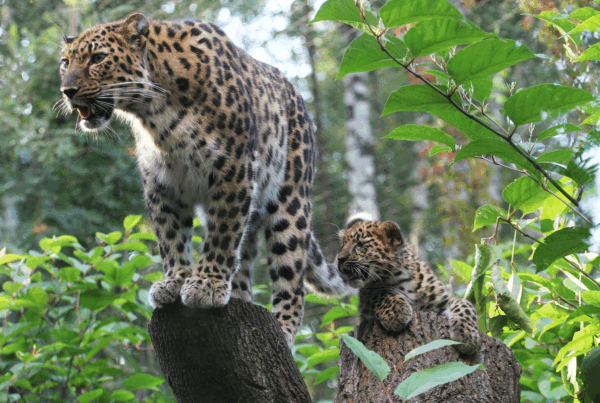- Nepal’s tiger population has nearly tripled since 2010, reaching 355, with Parsa National Park hosting 41 of these majestic creatures.
- This World Water Day we look at how artificial waterholes in Parsa National Park has been crucial for sustaining the tiger population and mitigating human-tiger interactions.
- Meticulous monitoring via camera traps demonstrates the success of these efforts, with watering holes attracting not only tigers but also various other wildlife species, ensuring a thriving ecosystem in Nepal’s protected areas.
Nepal is a land of breath-taking beauty and rich cultural heritage nestled in the heart of the Himalayas. Here, amidst the diverse tapestry of mountains, hills, plains, and waterways, roams a population of majestic tigers. Numbers of these big cats in Nepal have nearly tripled since 2010, reaching an impressive count of 355, according to the latest census.
Located in the foothills of the imposing Himalayan Mountain range, along the border between India and Nepal, is the Terai Arc landscape, boasting a diversity of habitats, from dense forests to expansive grasslands. This area serves as a refuge for various wildlife, including rhinos, elephants, gaur, and an estimated population of 150 Tigers.
Parsa National Park (PNP), a vital sanctuary within the Terai Arc Landscape, is connected to Chitwan National Park (Nepal) and Valmiki Tiger Reserve (India). Once home to only four tigers in 2009, Parsa now proudly hosts 41 of these regal creatures. This remarkable feat is a testament to the collaborative efforts among all stakeholders.

But this growing population requires a healthy landscape, abundant in available territory, prey and water to sustain them. To meet these needs, WildCats Conservation Alliance has been funding work to build a tiger stronghold in Parsa National Park (PNP) through ZSL Nepal. This work has included habitat assessments to identify actions which would create a more favourable environment for the growth and distribution of tigers and their prey.
These habitat assessments made it abundantly clear that the provision of water to wildlife is crucial in the PNP as the landscape is mostly dry. So, we have helped ZSL Nepal and their partners, the Department of National Parks and Wildlife Conservation, fund artificial waterholes within Parsa. Not only has this provided a lifeline for tigers and other wildlife it has also mitigated human-tiger interactions by reducing the need for tigers to enter villages in search of hydration. It also supports prey species during the calving period, generating a stronger prey base for tigers and therefore less need to stray outside of the protected area to hunt livestock.

Through meticulous monitoring via camera traps, the success of these efforts becomes evident. The watering holes have been frequented by Tigers, gaur, wild boar and barking deer amongst other species. The site will continue to be monitored over time using camera traps, particularly during the dry seasons.
100% of the donations we receive go straight out to the projects like these in tiger habitats. By donating to WildCats Conservation Alliance this World Water Day you will be helping to secure safe and viable habitats for tigers into the future.
You can find out more about the Nepal project here.





